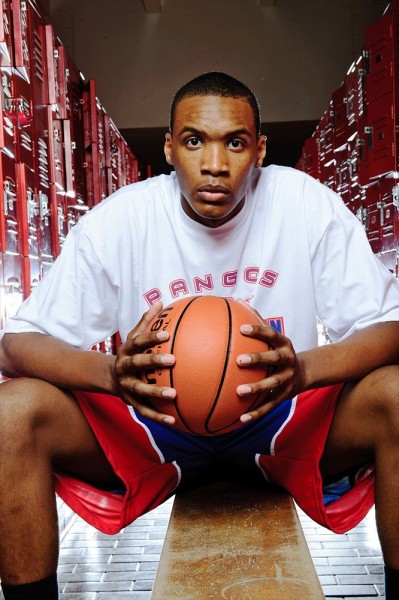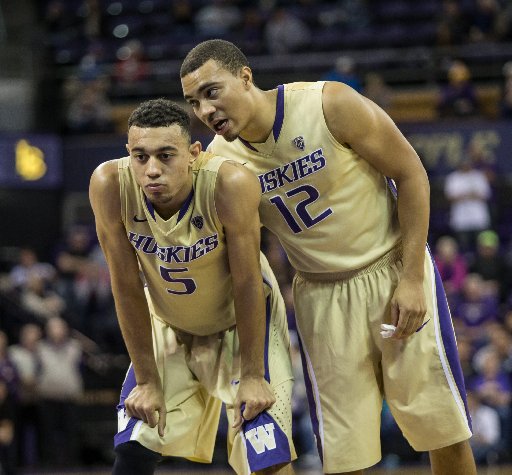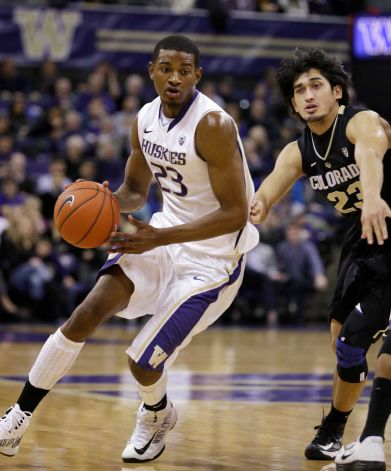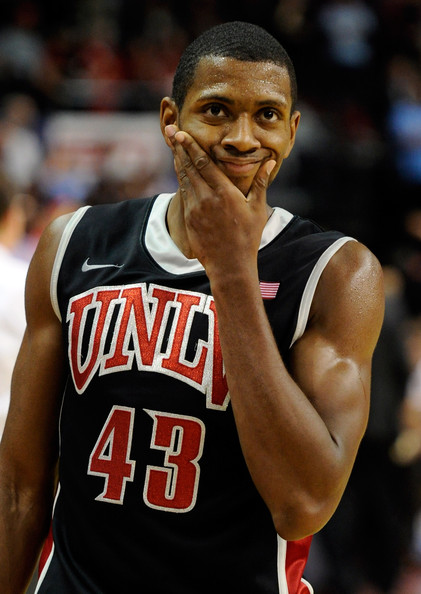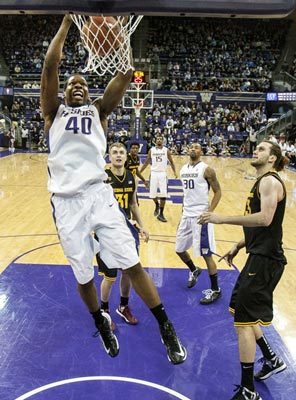Washington: Why Don’t We Trust the Huskies?
Posted by Andrew Murawa on December 9th, 2014With it’s big 49-36 win over San Diego State on Sunday night, Washington jumped in to the AP Top 25, appearing as the last team on the list. For a proud program under Lorenzo Romar that was once a regular fixture in those rankings, this is the first time the Huskies have been there in nearly four years (February 2011). But interestingly enough, the Huskies are not in the RTC Top 25 this week, so clearly they still have something to prove to some in the college basketball community. What gives? Why the lack of trust in a Washington team that not only has a convincing win over the nationally regarded Aztecs, but also a Wooden Legacy title under its belt? The Huskies are holding opponents to a 37.2% eFG this season, good for fourth in the nation, and they’re 38th in adjusted defensive efficiency, a mark they haven’t seen over the course of an entire season since Jon Brockman and Justin Dentmon were wearing purple and gold. These guys must be for real, right?
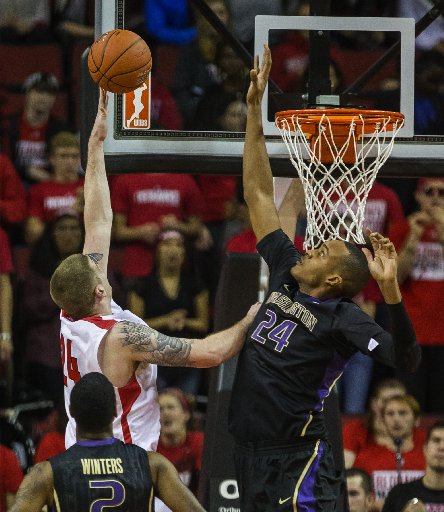
Robert Upshaw’s Presence In The Middle Has Helped The Huskies Out To A Dominating Defensive Start (Dean Rutz, Seattle Times)
Don’t worry Huskies’ fans. This is not the point where you get the comedown of a “not so fast.” Fact is, there is a lot to like here. And room to get better. Those defensive numbers are probably a bit overblown, in part due to San Diego State’s inability to hit anything en route to a 22.2% eFG on Sunday night. But, with shotblocker extraordinaire Robert Upshaw manning the middle for about 20 minutes per game (his 21.4% block rate – the percent of opponent’s two-point field goal attempts he blocks while he’s on the floor – is the best in the nation), and with fellow intimidating interior presences in Jernard Jarreau and Shawn Kemp, Jr., the Huskies are going to be seriously tough to score on inside all year long. That frees up perimeter defenders to really pressure perimeter players, running them off the three-point line and forcing them into tougher and less rewarding field goal attempts. The 24.4 percent rate they are allowing from behind the three-point line thus far this season is in no way sustainable, but the strategy is. Read the rest of this entry »





























